 |
| April 22, 2020 |
Dear Reader,
On April 22, 1970, millions of Americans took part in cleanup activities and protest actions to mark the first Earth Day. That same year would see the creation of the EPA and a series of important environmental laws. In today's main story, we take a look at a few environmental indicators to see what progress has—or has not—been made since that inaugural Earth Day 50 years ago. |
| | Sunya Bhutta, Senior Editor, Audience Engagement
@sunyaaa | |
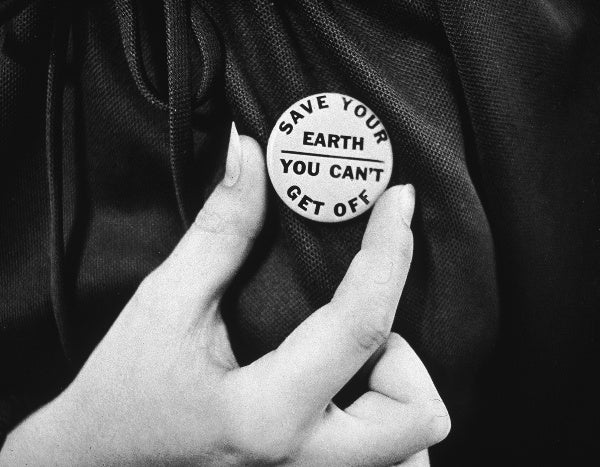 |
| |
| |
| |
| |
| |
| |
| |
| |
| Environment Air Pollution, COVID-19 and Earth Day The Trump Administration wants to scale back on Clean Air Act enforcement—even as we learn that places with more pollution have more coronavirus deaths | | | | |
| Conservation Jane Goodall: We Can Learn from This Pandemic In a teleconference promoting her participation in Earth Day events on the National Geographic Channel, Goodall talked about what gives her hope during the pandemic and what she hopes we all learn from it. |  | By Steve Mirsky | 02:48 | | | |
FROM THE STORE
 | | Ask the Experts: The Environment The fourth eBook in our Ask the Experts series, The Environment tackles questions about the world around us. In these pages, our experts field queries on the weather, natural disasters, natural resources, climate change and unusual phenomena. |  | | |
| |
FROM THE ARCHIVE
 | | The Earth Day Pioneer Nobody Remembers Ed Muskie ran for vice president in 1968 and served as Jimmy Carter's Secretary of State—but his legacy as an environmentalist is often forgotten By John Copeland Nagle | April 2016 | | |
| QUOTE OF THE DAY
 "The ultimate test of man's conscience may be his willingness to sacrifice something today for future generations whose words of thanks will not be heard." Gaylord Nelson, founder of Earth Day | |
LATEST ISSUES
 |
| |
| Questions? Comments?  | |
| Download the Scientific American App |
| |
| |



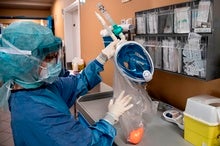

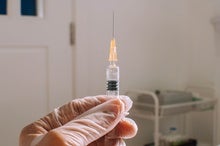
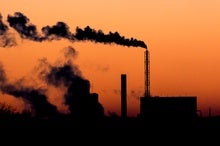


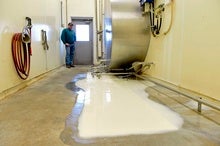
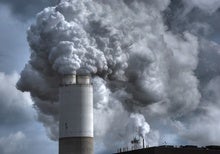

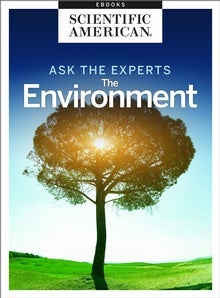

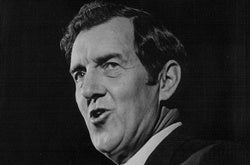
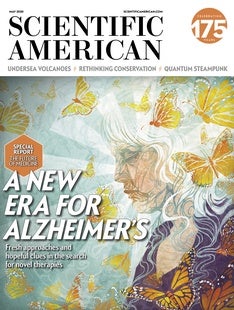

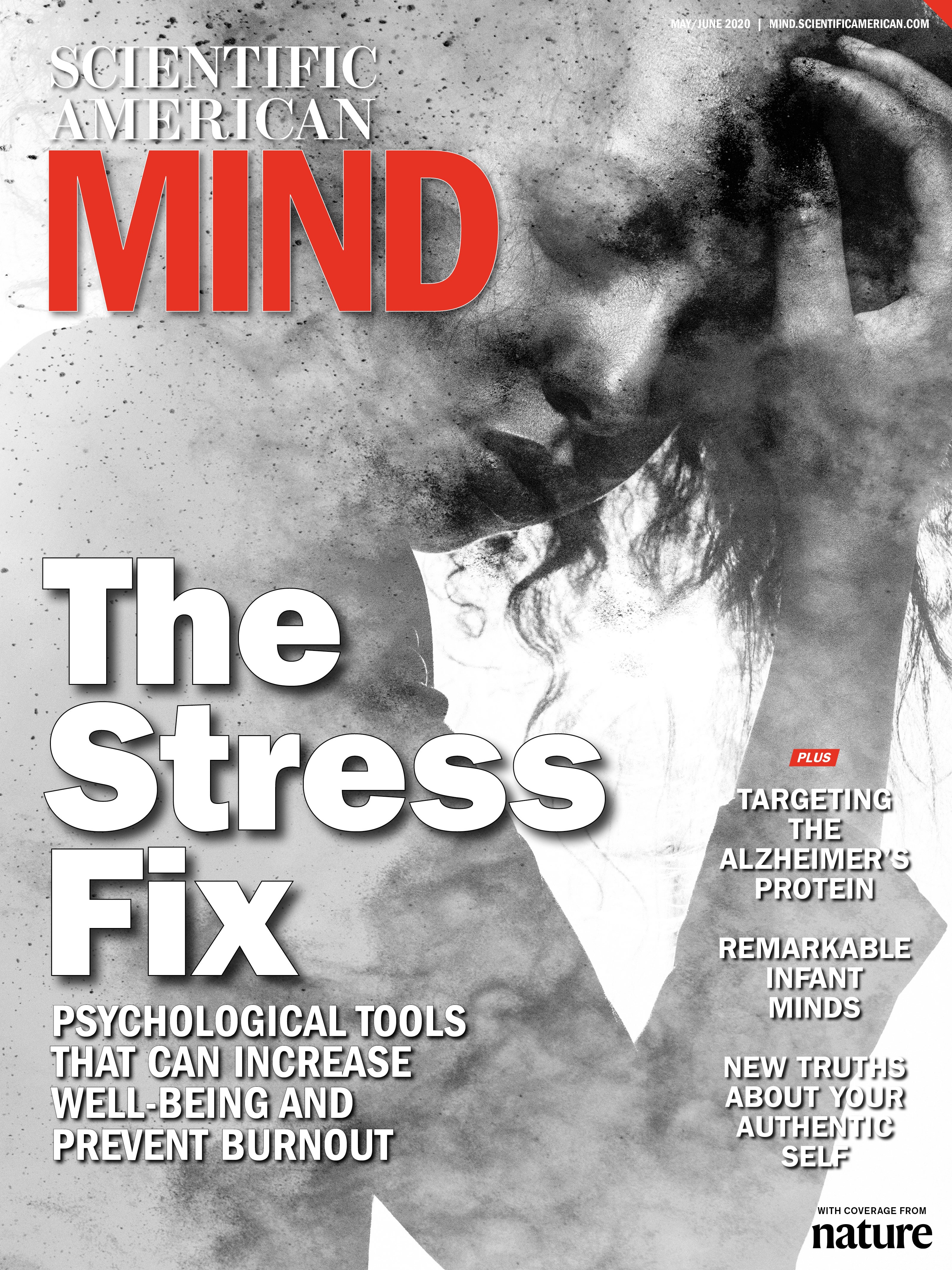
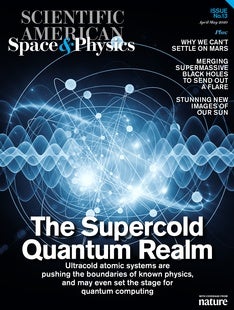
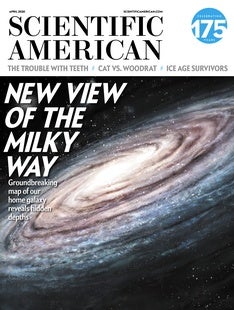



Comments
Post a Comment